Canadian spruce "Daisy White": description, planting and care

Canadian spruce "Daisy White", or glauca, is widely used in landscape design for planting as an element of rockeries and rock gardens or in conifers. Its original appearance is able to decorate gardens and parks, adjoining territories. The description of the gray spruce variety gives a rather detailed, complete picture of its features. But planting and caring for Daisy's White spruce still raises many questions from gardeners and country house owners.
What is the height of an adult tree, what diseases it has, what are the features of the use of glauka in landscape design - these and other important points should be studied in more detail, because the successful survival of white spruce and its correct growth in the future may depend on them.
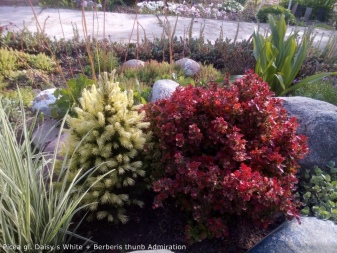
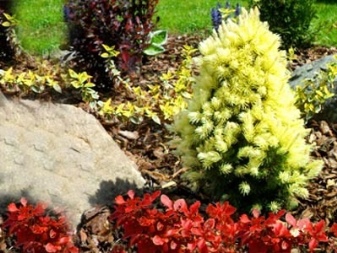
Description
Gray or white Canadian spruce "Daisy White" is a beautiful coniferous plant with excellent decorative properties, it feels good in Russian climatic conditions. Originally it descended from the glauka konik variety, having received its unusual color of needles from the parental species. For the first time its description was made in 1979 - an interesting mutation was identified and fixed by Belgian breeders. The active popularization of the variety today is hindered only by the plant's exactingness in care - it is even higher for him than for the conic.
Daisy's White is a miniature subspecies of Picea glauca, a Canadian spruce, also called white or gray. This form is characterized by a rather slow growth. The height of a tree in 10 years in a domestic climate similar to the Canadian one reaches only 80-100 cm. It reaches its maximum growth by the age of 30. An adult tree grows up to 2 m in height and 0.8 m in crown diameter.
The variety is characterized by high winter hardiness, it tolerates a drop in temperature quite well, but it is not recommended for planting in the southern regions, where the needles burn out in the bright sun. It is worth considering that the maximum plant height on Russian soils rarely exceeds 1.5 meters.
Up to 7 years of age annually, the growth is about 2-4 cm. Then the seasons of active growth begin, when in 12 months the increase is at least 10 cm. The plant over 11-15 years old gains up to 1-2 cm per year.
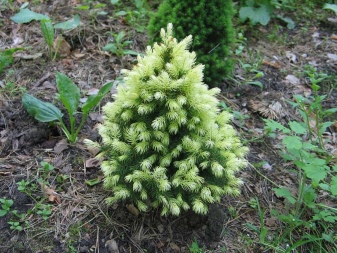

The color of the needles of the Daisy's White variety is its main advantage. It can vary depending on the growing conditions and the age of the plant. Young Canadian spruces can have needles of snow-white, pale cream or light green shade, sometimes they acquire the color of ivory. Towards the middle of summer, young shoots of bright green color grow.
It is this effect that looks especially decorative - needles up to 9 mm long retain contrasting light ends and a bright base. They are soft to the touch, with a tart aroma. The crown of the tree has a dense, soft structure, it is lush, has the same number of internodes as the conic, but in a shortened version. The spruce is formed in the form of a compact cone, the trunk is not visible under the branches, the roots are located close to the surface. Daisy White glauces rarely have buds, most of the time their appearance is unchanged.
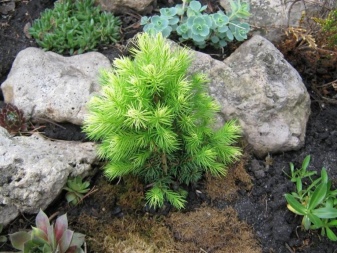

How to plant?
Glauks or Canadian spruces are generally well adapted to the Russian climate, and planting them does not require particularly difficult or lengthy preparation.But the tree needs protection from sunburn in the spring or summer, depending on the region. The cultivated form is adapted to growing on stony soil, tolerates short-term waterlogging of the territory. But in general, spruce needs a well-drained soil, with high air permeability, allowing water and nutrients to pass to the roots. Acidity is suitable weak or moderate, relevant for loamy, sandy loam soils.
For planting a tree, a site is selected with a groundwater level no closer than 1.5 m from the soil surface. It is important not to allow rotting of the root collar, which is fatal for the plant. The best solution would be to choose a moderately shady area, where the needles contact with the sun's rays in the morning. If there is no shading, it must be created by covering the tree on the south side. But even a dull shadow is quite dangerous and will lead to fading of the color of the needles.
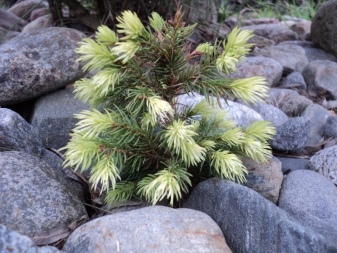
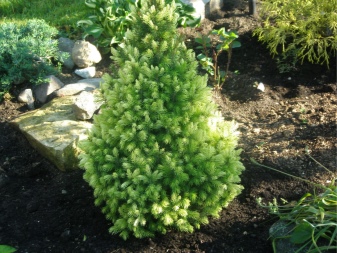
It is recommended to purchase seedlings for placement in the open field at the age of 4-5 years, when they have already developed lateral shoots. It is safest to choose ephedra in containers or together with a lump of soil wrapped in burlap.
The best season for planting is late autumn, in the southern regions you can do this in winter. In the Northwest and in the climate of Siberia, early spring placement of Canadian spruce in the ground can be carried out.
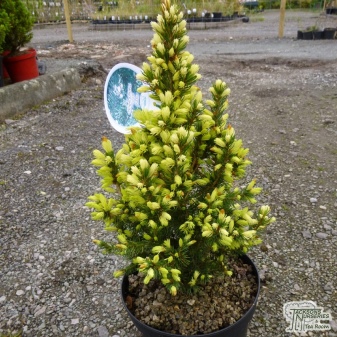
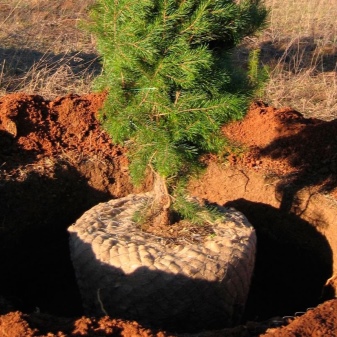
When preparing the pit, a soil area 60 cm in diameter to a depth of 70 cm is selected.The bottom must be drained using broken brick or expanded clay - the layer thickness should be about 20 cm. The planting soil is poured into the pit from the mixture:
- sour peat;
- clay;
- sand;
- turf;
- rotten leaves;
- 150 g nitroammophoska.
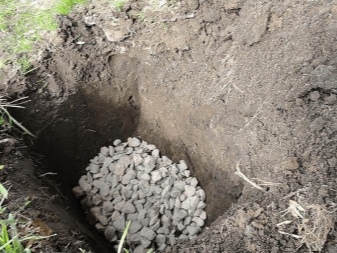
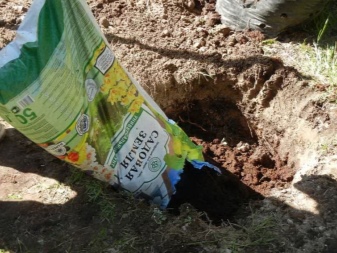
They are filled with up to 2/3 of the volume of the recess dug in the ground, then filled with water and left for 2 weeks. Only after that you can proceed to the practical part of the landing. You need to act in a specific order.
- Measure the distance to the root collar, remove excess soil from the pit, and immerse the seedling in it. If the root is wrapped in burlap, it is not removed.
- Pour the rest of the planting mixture over the root, carefully compacting the soil as the hole fills.
- Check the placement of the root collar in the pit. Correct it if curved.
- Create a side around the rhizome out of excess soil. Further, abundant watering is carried out.
- After the liquid is completely absorbed in the pit, the soil surface is mulched using the bark of conifers, if planting is done in autumn, and sour peat in the autumn.
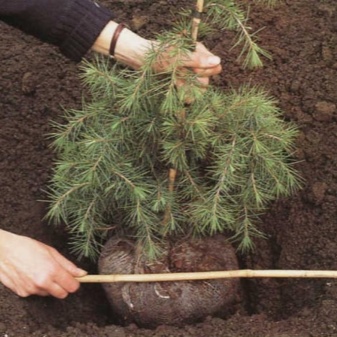
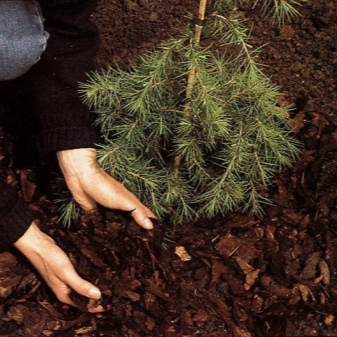
How to care?
In order for the Daisy White spruce to grow and develop properly, it needs good care. Within two weeks from the moment of planting, you need to provide the ephedra with abundant watering. It is carried out every 3-4 days, then the frequency of moisture intake is reduced. In hot weather, watering is done weekly.
For Daisy's White spruce, it is necessary to maintain a high humidity of the surrounding atmosphere at all times. She is recommended to have regular contact of the needles with moisture; it will be optimal to spray water automatically, through the nozzles installed on the site. The reception of "water procedures" is made in the morning, from 5 to 8 in the morning. This will allow the crown to dry out before the intense heat of the day sets in. And also sprinkling can be performed in the evening, after 17 hours.
The use of regular spraying helps to save the Canadian spruce "Daisy White" from drying out and burning out the needles. In addition, this measure ensures the removal of ticks from the crown, which highly value this type of tree as a habitat.

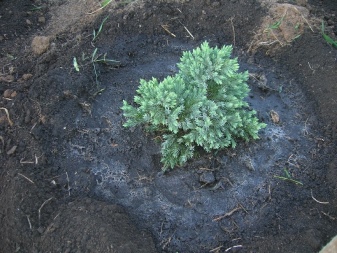
And also young plants need regular feeding with specialized fertilizers. In spring, nutrition should be done with a predominance of nitrogen in the composition. In the fall, potash-phosphorus fertilizers are applied under the roots.
For glaucus, foliar feeding is of great importance. Plants are sprayed with special formulations in a chelated form regularly, once every 14 days. "Epin" or "Zircon" is diluted on the balloon, from the second half of July you can enter magnesium.
The soil also needs to be loosened, but shallow, at a distance of several centimeters from the soil surface. As the spruce grows and matures, you can replace this procedure with mulching. Crushed tree bark of different fractions can be used as drainage. Garden centers sell ready-made options treated with fungicides. When mulching, the lower branches of the crown do not come into direct contact with the soil, they are protected from fungal infection or contact with pathogenic bacteria.

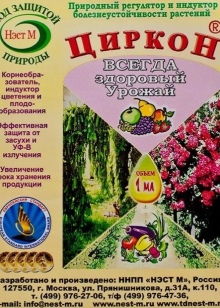

In addition to basic care, the Canadian miniature spruce needs other procedures.
- Trimming the crown. It is rarely required, but it is still necessary if a full-sized branch grows on the dwarf trunk. The shape is corrected in early spring, before the trees begin to bud.
- Cleaning the crown. Due to the high density of shoots and the compact shape, the cone of the Canadian spruce accumulates quite a lot of dried elements inside. The crown simply does not allow light and moisture to pass to the trunk. Dust accumulates inside, conditions are created for the reproduction of mites. Cleaning is performed at least three times a year. It is carried out in a respirator, with the opening of the crown and wetting of hard-to-reach places with compounds with nutrients.
- Preparation for wintering. Protecting Canadian spruces for the winter is only necessary in the first year after planting. They winter successfully outdoors in most climatic zones. Mature trees are protected from freezing by mulching the soil, with the risk of freezing young needles, it is imperative to close the knotted crown with burlap or spruce branches.
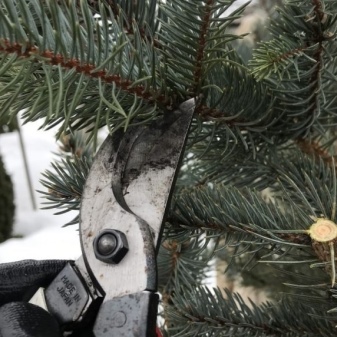

Reproduction methods
Depending on the choice of propagation method, Daisy's White spruce can grow into a species plant or a cultivated seedling.
Only the wild-growing version is grown from seeds, then you can get a miniature version through cuttings or grafting. Only an experienced specialist can cope with this task on his own.
Landing cuttings performed throughout the season, but preferably in the spring, so rooting is faster. Pruning is done when a shoot up to 10-12 cm long is formed, it is removed along with a small area of the bark - the heel - from the older branch, and is treated with a growth stimulant. Disembarkation is carried out in a greenhouse to a depth of 2-3 cm.
For rooting cuttings, it is better to choose perlite, a sand-peat mixture. You can plant in pots with pre-drilled drainage holes. The planting substrate is constantly kept moist. Since the survival rate of shoots is low, they need additional feeding after rooting. Planting into the soil without a container is carried out no earlier than 4-5 years later.
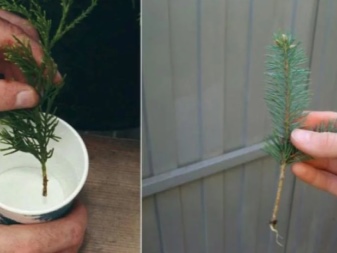

Diseases and pests
Due to the peculiarities of its structure, the spruce of the Daisy White species, which has a high decorative effect, is a rather favorable environment for the development of infectious and parasitic diseases. A particular danger for her is necrosis of the bark, various types of rot, wound cancer, rust, spruce wither and fusarium. Disease control is recommended with fungicides carefully selected according to the type of problem. Among parasitic insects, the plant is especially often affected by:
- caterpillars;
- ticks;
- aphids;
- spruce sawflies and leaf rollers;
- mealy worms.
If signs of damage to a tree by insects are detected, it is imperative to thoroughly process it with specialized insecticidal preparations.
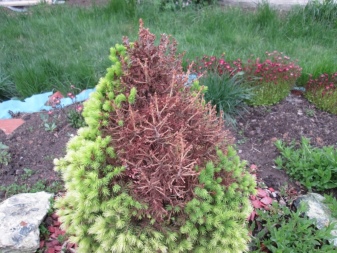
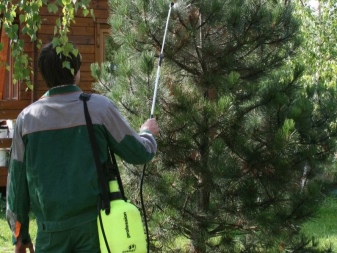
Application in landscape design
Luxurious but compact Daisy's White spruce, like other conifers, is widely used in landscape design. The main value of this plant lies in its ability to disinfect the air, to ensure its natural filtration.The substances released by the plant into the atmosphere help to eliminate pathogenic microorganisms, reduce the amount of dust entering the site. In winter, the tree retains its decorative effect, visibly enlivening the snow-covered landscape when placed correctly.
The compact size of Daisy White spruce makes it highly popular for use in small areas. The plant is harmoniously combined with rockeries and rock gardens, small beds and flower beds. In group plantings, the tree is placed in the foreground.
Despite the very attractive external data, this variety of conifers is not recommended for use as a tapeworm - a stand-alone plant due to the high sensitivity of needles to light.
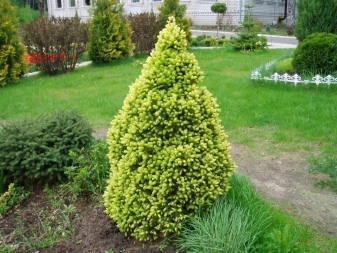
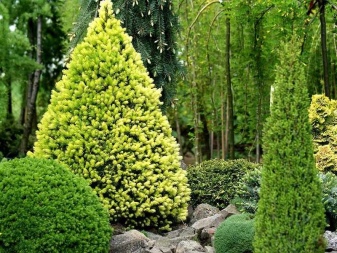
If Daisy White is to be planted in an open area, it is worth considering natural or artificial shading. Otherwise, the needles can burn in the sun, acquire a brown color, or completely crumble from the side facing the sun. This plant blends beautifully with a traditional Asian landscape or regular park layout. Compact white spruce looks attractive in narrow, elongated ridges or large lawns.
Thanks to their variegated color, Canadian spruces are very effectively set off by bright floral plantings. This combination of plants looks very harmonious, makes it possible to arrange an unusual flower garden or decorate the entrance group on the site. The miniature Daisy's White is also suitable for container growing, but it requires much less attention and care outdoors.
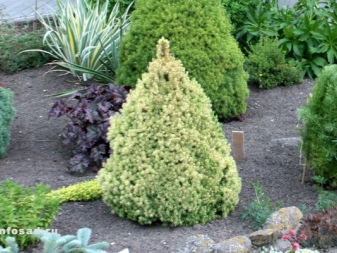
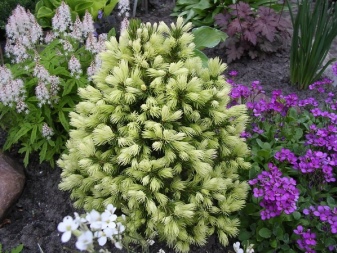
Next, watch the video review of the Canadian spruce "Daisy White".



































































The comment was sent successfully.